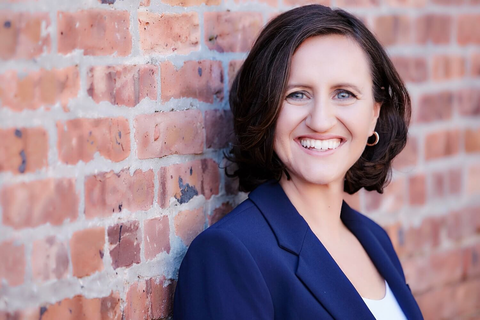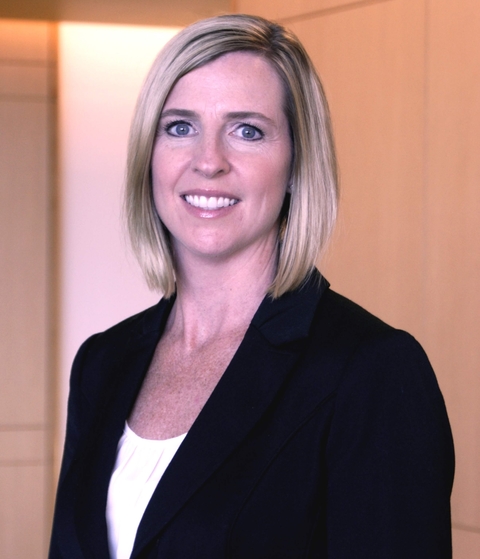As Texas recovers from the unprecedented devastation caused by Hurricane Harvey, Houston residents affected by the storm will have access to medical providers throughout the country in ways that haven’t been fully utilized during previous large-scale disasters.
Relief efforts are getting a boost from technology vendors and hospitals across the country that are offering free telehealth services to those affected by a storm that dropped 19 trillion gallons of rain across Southeast Texas. Although telehealth has certainly gained a stronger foothold throughout the medical community over the last several years, it’s still not fully ingrained in the public consciousness.
But telehealth advocates say the aftermath of Harvey will underscore the benefits of mobile health technology during disaster response and could become a larger part of hospital and state disaster planning in the future.

“I think that there are always these occasions where people recognize the power of a new technology and I think this is going to be one of those occasions for telemedicine,” Sylvia Romm, M.D., the medical director at American Well, told FierceHealthcare.
Telehealth companies, providers respond to Harvey
As Hurricane Harvey moved out of Texas last week, several of the most prominent direct-to-consumer telehealth companies in the country—including MDLive, Doctor on Demand, American Well and Teladoc—offered free telehealth visits to victims of Harvey.
According to Deborah Ann Mulligan, M.D., chief medical affairs officer at MDLive, virtual providers can treat bites from bees, fire ants or mosquitoes, wounds or rashes that become infected by floodwaters or refill medications that may have been lost due to flooding.
In Florida, Nemours Children’s Health announced it would also chip in to provide Texas families free care via the system’s CareConnect platform.
Free non-emergency medical care for those in #HurricaneHarvey evacuation zones. Call 855-220-4585. https://t.co/y0s2LQyAEt #HarveyFlood pic.twitter.com/l45GZfIjb0
— Teladoc, Inc. (@Teladoc) August 29, 2017
New telehealth regulations pave the way
However, those efforts may not have been possible without a three-month-old state law that expanded access to telehealth services by allowing physicians to treat patients via video conferencing without a prior in-person visit.
Although states often loosen regulations during disasters to expand access to medical care, many of the companies offering free services entered the Texas market within the last several weeks.
“If this had happened a year ago or even in the days after the law had passed, the various companies would not have had the infrastructure to see patients,” Romm said.
For Nemours, the opportunity to pitch in after the hurricane was made possible through a combination of the new state legislation and Texas Governor Greg Abbott’s decision to temporarily suspend physician licensure requirements to allow providers in good standing from other states to assist with response efforts.
With regulatory hurdles out of the way, Carey Officer, Nemours Children’s administrator of telehealth, said the hospital just “flipped a switch” to make their services available in Texas.
“It wasn’t a hard decision,” she said. “It took all of ten minutes.”
Harvey “a defining moment” for telehealth
In the past, health systems have tapped into telehealth after a natural disaster in isolated scenarios. Last year, when Hurricane Matthew ripped through Florida, Nemours used the CareConnect platform to care for a child with an acute metabolic condition at Parrish Medical Center nearly 40 miles away while medical transportation was grounded.
“I don’t know what would have happened without that connectivity,” Officer said.

But telehealth technology has never been as readily deployable as it is now, and the massive size and scope of Harvey’s recovery provides “a defining moment” for telehealth to showcase its benefits during a large-scale disaster, Romm said.
Telehealth’s reach could extend beyond the initial aftermath. One key feature of most telehealth applications is easy access to mental health providers, which could be particularly beneficial to residents faced with the devastation of losing their homes or belongings. A natural disaster of this size and magnitude, which will impact Houston far longer than the initial storm, can increase anxiety and stress for those affected by the storm. Officials with both MDLive and American Well said they expect to see an influx of patients requiring social and psychological support.
Officer said Nemours is in the process of incorporating telehealth into its disaster contingency plans but added that states should be looking at the option as well. MDLive’s Mulligan said she expects to see “a more formal integration of telemedicine into disaster planning efforts moving forward.”
To support those affected by #hurricaneharvey, here's what @drondemand doctors can treat, and when go to the ER. https://t.co/y7M5d9A4NB
— Doctor On Demand (@drondemand) September 1, 2017
Nathaniel Lacktman, a partner and chair of the telemedicine industry team at Foley & Lardner LLP in Tampa, Florida, told FierceHealthcare he expects that public and government officials will appreciate the support telemedicine technology offers during a natural disaster and “forward-looking hospitals” will integrate telehealth into their disaster plans.
“The accessibility of medical and mental health services via victims’ smartphones cannot be understated,” he said. “For millions of people, the smartphone is their lifeline and can serve as the tether to reach doctors and medical professionals, even when the local power lines are down.”